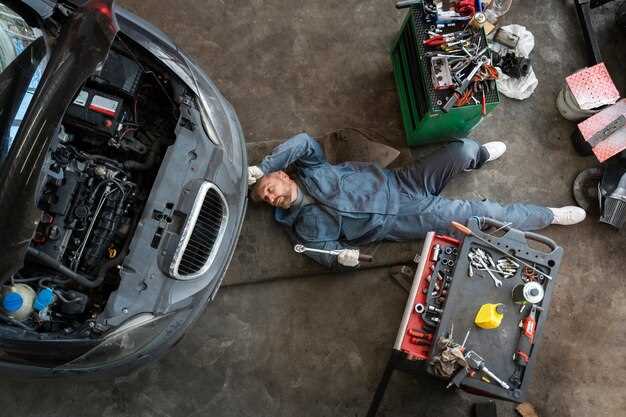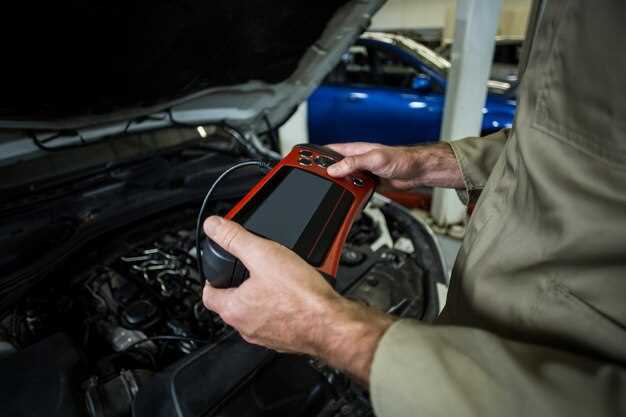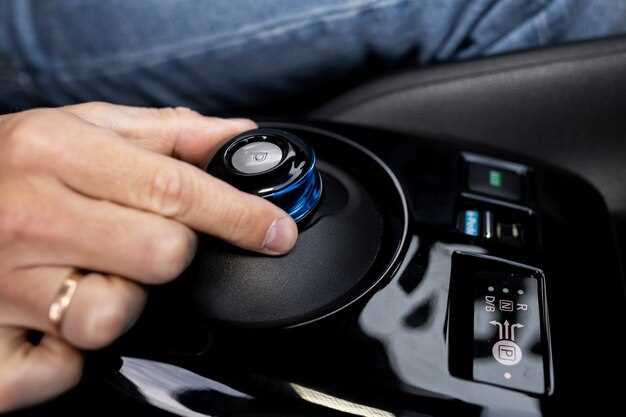
Replacing fuses and relays in imported cars is an essential skill for any car owner or enthusiast. Imported vehicles often come with unique electrical systems that can vary significantly from domestic models. Understanding how to identify, remove, and replace faulty fuses and relays not only helps in troubleshooting common electrical issues but also ensures the optimal performance of your vehicle.
Fuses protect your car’s electrical circuits from overload, while relays act as switches that control larger currents required by components such as headlights, fuel pumps, and motors. When either of these components fails, it can lead to malfunctions in critical systems, leaving you unable to start your car or operate essential features. This guide will walk you through the process of locating, replacing, and testing fuses and relays, specifically focusing on imported vehicles.
In the following sections, we will explore the necessary tools, provide step-by-step instructions, and highlight important safety tips. Whether you are dealing with a persistent warning light on your dashboard or an electrical component that refuses to work, knowing how to manage your vehicle’s fuses and relays can save you time, money, and frustration.
Locating Fuses and Relays in Common Imported Car Models
Finding fuses and relays in imported cars can be a daunting task due to varying design configurations among different brands and models. However, understanding their common locations can simplify the process significantly.
For most imported cars, the fuse box is typically located under the dashboard, on the driver’s side. Depending on the manufacturer, it may also be found on the passenger side or under the hood. Common makes such as Honda, Toyota, and Subaru generally place the primary fuse box under the steering column, easily accessible by removing a cover panel.
In Ford and Volkswagen vehicles, you will often find an additional fuse box located in the engine compartment near the battery or inside a protective casing. For example, the Ford Fusion has a fuse box near the driver’s side, while the Volkswagen Jetta may house one on the passenger side under the dashboard.
Many vehicles, such as the BMW and Mercedes-Benz, include a secondary fuse panel located in the trunk area or rear compartment. This is particularly vital for electric seats, windows, and rear light systems. Carefully consulting the owner’s manual can provide diagrams and specific locations tailored to your vehicle model.
Relays are usually situated near the fuse boxes, as they control the various electrical circuits for headlights, horn, and other components. In vehicles like the Audi A4 and Nissan Altima, the relay box is often positioned next to the fuse panel, requiring similar access procedures.
Notably, identifying the correct fuses and relays involves checking the labels or diagrams usually found on the inside of the fuse box cover. Some models may have maintenance manuals available that detail the function of each fuse and relay, which is crucial for troubleshooting electrical issues.
To sum up, each imported car brand has distinctive features regarding the location of fuses and relays. Familiarity with your specific model is essential, and cross-referencing with the vehicle’s owner manual can ensure a successful and efficient fuse and relay replacement process.
Step-by-Step Instructions for Safe Fuse Replacement

Replacing a fuse in your imported car can be a straightforward process if done correctly. Follow these detailed steps to ensure safety and efficiency during the replacement.
1. Gather Necessary Tools: Before starting, ensure you have the right tools. Commonly, you will need a fuse puller, a replacement fuse of the correct amperage, and a multimeter for testing.
2. Locate the Fuse Box: Find the vehicle’s fuse box. This is typically located under the dashboard, in the engine compartment, or near the glove compartment. Consult your vehicle’s manual for precise locations.
3. Turn Off the Ignition: To prevent any electrical accidents, switch off the car’s ignition. Additionally, it’s advisable to remove the key from the ignition to ensure the vehicle is completely off.
4. Identify the Faulty Fuse: Examine the fuse box diagram, usually located on the cover or in the owner’s manual. Identify the fuse linked to the electrical component that is malfunctioning. Check if the metal strip inside the fuse is broken or if any discoloration is present.
5. Remove the Problematic Fuse: Using the fuse puller, gently grasp the faulty fuse and pull it straight out of the socket. Avoid yanking or twisting the fuse as this could damage the surrounding components.
6. Check Replacement Fuse Amperage: Before installing a new fuse, ensure it matches the amperage of the original fuse. Using a fuse with an incorrect amperage can cause electrical issues and could potentially damage circuits.
7. Install the New Fuse: Insert the replacement fuse into the same slot where the old fuse was removed. Ensure it fits snugly and is positioned correctly within the socket.
8. Test the New Fuse: Reconnect the car battery if it was disconnected and turn on the ignition. Check if the electrical component operates correctly. If problems persist, recheck the fuse installation and consider further diagnosis of the electrical system.
9. Close the Fuse Box: Once the new fuse is tested and working, close the fuse box cover to protect it from dust and moisture. Ensure it seals properly to prevent future issues.
10. Dispose of the Old Fuse: Safely dispose of the burnt-out fuse according to your local regulations. Do not discard it into the regular trash as it may pose safety risks.
By following these step-by-step instructions, you can safely replace fuses in your imported car and ensure its electrical systems function correctly.
Identifying Signs of Faulty Relays and Their Replacement Process

Faulty relays can lead to various electrical issues in imported cars, including malfunctioning lights, power windows, and ignition problems. Recognizing the signs of a failing relay is crucial to maintaining your vehicle’s performance.
Common symptoms of faulty relays include inconsistent operation of electrical components, such as flickering lights or intermittent function of auto features. Other indicators are a clicking sound when activating certain systems, the complete failure of devices controlled by the relay, and overheating of the component itself. Visual inspection may reveal burn marks or corrosion on the relay terminals, signifying a potential failure.
To replace a faulty relay, begin by identifying the correct relay using the vehicle’s owner’s manual or the fuse box diagram. This ensures you purchase a suitable replacement. Disconnect the battery to prevent electrical shock or short circuits during the replacement process.
Locate the relay within the fuse box, carefully removing it by grasping it firmly and pulling upwards. If it is stubborn, gently wiggle it while pulling, but avoid excessive force. Install the new relay by aligning it with the socket and pushing down until it is securely in place.
After installation, reconnect the battery and test the affected electrical components to ensure they are functioning correctly. If issues persist, further investigation may be needed to determine if other related components are faulty.




